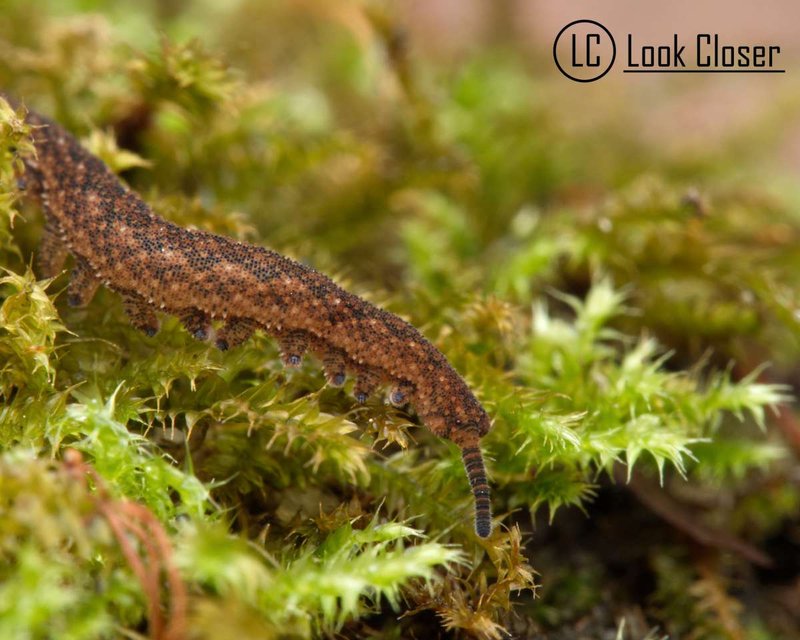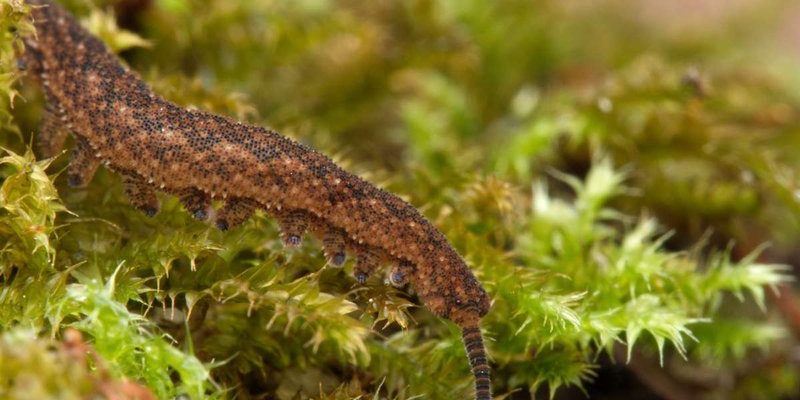
Imagine a cozy library filled with books, perfectly organized by genre. Now, think about what happens if a wall is suddenly built, cutting the library in half. Suddenly, the readers are left scrambling to find their favorite stories. This is similar to what happens to velvet worms when their habitats get fragmented. As their homes become split into smaller patches, these creatures face significant challenges. Let’s dive into the ways habitat fragmentation affects velvet worms and why understanding this issue is crucial to their survival.
What Are Velvet Worms?
Velvet worms are captivating for a number of reasons. First off, they’re not actually worms at all, but rather a distinct group of animals with soft, velvety bodies. Imagine a creature that looks like a cross between a worm and a caterpillar—it’s as strange as it sounds! These little guys can grow anywhere from a few centimeters to about 15 centimeters in length, and they have a unique method of catching their prey using a sticky slime they secrete.
Their habitat usually consists of humid environments like leaf litter and moist forest floors. This wetness is essential for their survival, as they can dry out quickly. It’s kind of like how a sponge needs water to maintain its shape and function! The reliance on such specific conditions makes them vulnerable to changes in their environment.
As we think about habitat fragmentation, it’s vital to understand just how sensitive these creatures are to their surroundings. If their home turf is disrupted, it can lead to serious survival issues.
Understanding Habitat Fragmentation
Habitat fragmentation refers to the process where large habitats get broken into smaller, isolated sections, often due to human activities like urban development, deforestation, or agriculture. Picture a once-vibrant forest reduced to patches of trees scattered among buildings and roads. This creates “island” habitats where animals must navigate through potentially inhospitable areas to find food, mates, or even shelter.
This fragmentation affects ecosystems on multiple levels. Not only does it limit the available resources for species like velvet worms, but it also reduces genetic diversity. When populations are isolated, inbreeding can occur, which can lead to weakened populations and increased vulnerability to disease.
The impact of fragmentation is like trying to play a game of connect-the-dots with missing dots. Without the necessary connections, survival for these unique creatures becomes a complex puzzle.
Effects on Velvet Worm Populations
So, how exactly does habitat fragmentation affect velvet worm populations? For starters, it disrupts their movement. Velvet worms rely on moist, connected environments to travel and reproduce. When their habitats are split, they may struggle to find mates, which is essential for their reproduction. Picture trying to throw a party when all your friends are stuck in traffic—frustrating, right?
Additionally, with fragmented habitats, velvet worms find it difficult to access food. They primarily feed on small insects, and if their home becomes isolated, they might not be able to find enough to eat. This scarcity can lead to malnutrition and a decline in population numbers.
Another consequence of habitat fragmentation is that it can expose velvet worms to predators they’d typically avoid. With fewer hiding spots and fragmented shelters, these little guys may become easy targets for animals that would normally not come across them. It’s a harsh reality for creatures that thrive in secrecy!
The Role of Moisture in Their Survival
One of the biggest challenges that velvet worms face due to habitat fragmentation is the reliance on moisture. Their bodies are adapted to thrive in humid conditions, so if their environment dries out, they face dire consequences. It’s like trying to sip water through a straw that keeps getting kinked—frustrating and ultimately ineffective.
Fragmented habitats often have varying levels of moisture, meaning some areas might become too dry for these worms to survive. In their isolated patches, they may find that the humidity they need is lacking, leading to increased stress and mortality.
To add to this, if a velvet worm population is located in a dry area, they might not have the means to migrate to a more hospitable environment. This can lead to local extinctions, which further compounds the issue of species loss in fragmented habitats.
Mitigation Strategies for Velvet Worms
With the understanding that habitat fragmentation poses a significant threat to velvet worms, what can be done to help? Conservation efforts are crucial in ensuring that these creatures can continue to thrive. Here are some strategies:
- Preserving Habitat: Protecting existing habitats from further fragmentation is essential. This can involve creating reserves or protected areas that allow velvet worms to flourish.
- Restoration Projects: Restoring degraded habitats can provide new opportunities for these creatures to expand. Think of it as giving a tired library a fresh coat of paint and new books!
- Creating Corridors: Connecting fragmented habitats through corridors allows for safer movement. This can help velvet worms navigate their environment more easily, which is crucial for finding mates and food.
These strategies not only benefit velvet worms but also support entire ecosystems that rely on healthy habitats. Every action taken to protect these unique creatures can ripple out, helping countless other species thrive.
Why It Matters
Understanding how velvet worms respond to habitat fragmentation isn’t just an academic exercise; it has real-world implications. These creatures are an integral part of the ecosystem, playing a role in the food chain and contributing to soil health. Protecting them means safeguarding an essential piece of our planet’s biodiversity.
Beyond simply protecting velvet worms, it’s also about recognizing our broader responsibility for the environment. The choices we make in our daily lives—like supporting sustainable practices or advocating for conservation—can have a lasting impact on habitats and the species that call them home.
In a way, helping velvet worms is a reminder of how interconnected everything is in nature. If we can take steps to protect even the smallest, seemingly lesser-known creatures, we’re contributing to a healthier, more balanced world for everyone.
As we step into the future, let’s carry this knowledge with us and continue to champion the preservation of these unique beings. After all, every little effort counts when it comes to building a world where velvet worms—and countless other species—can thrive once more.

